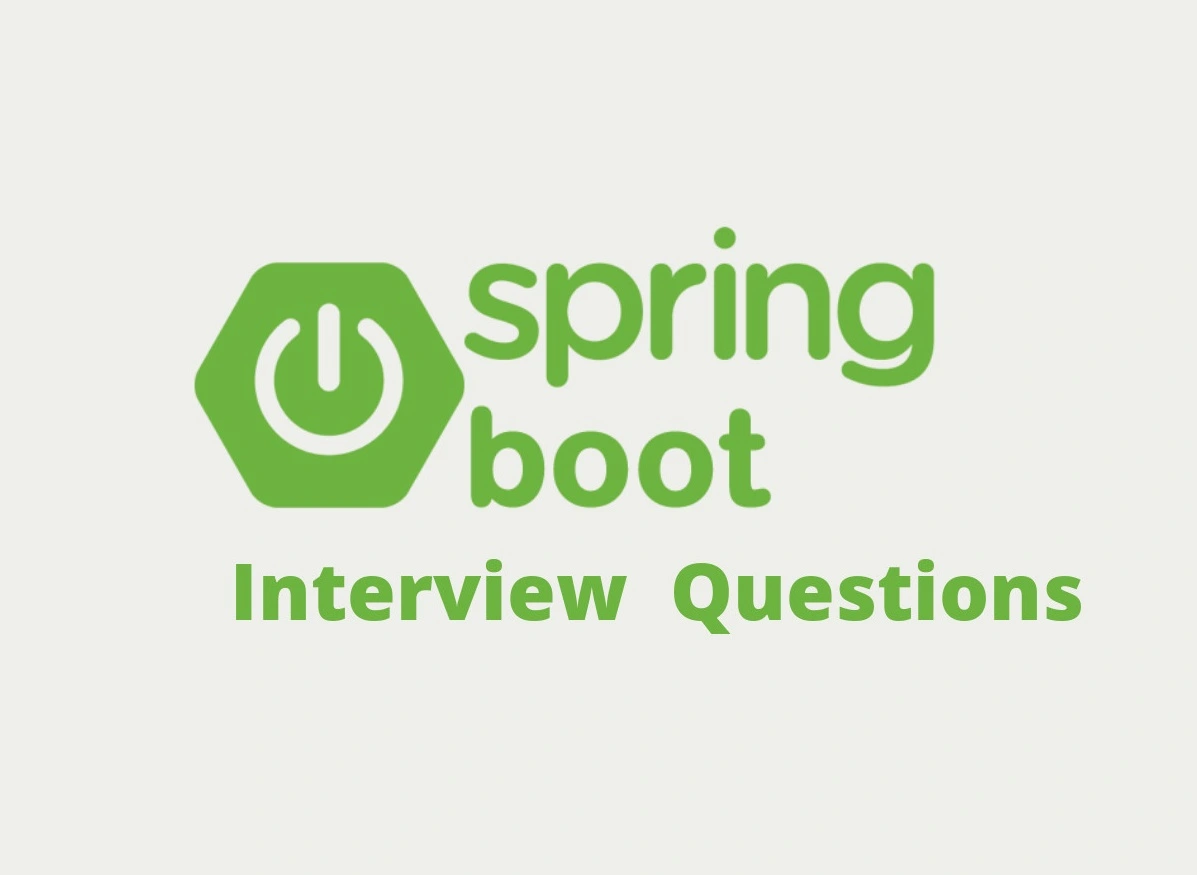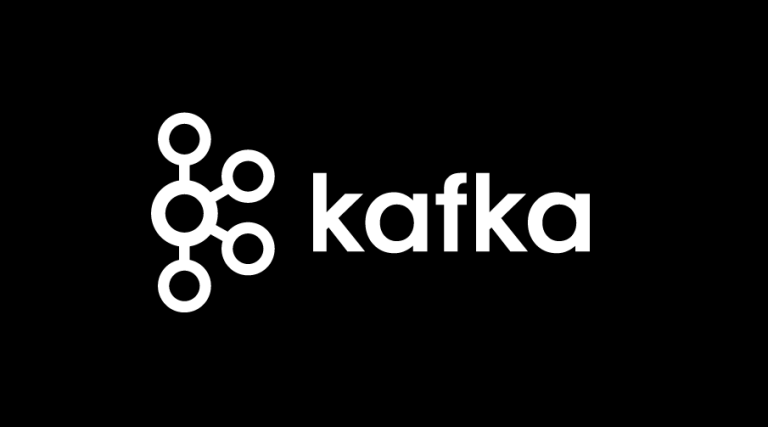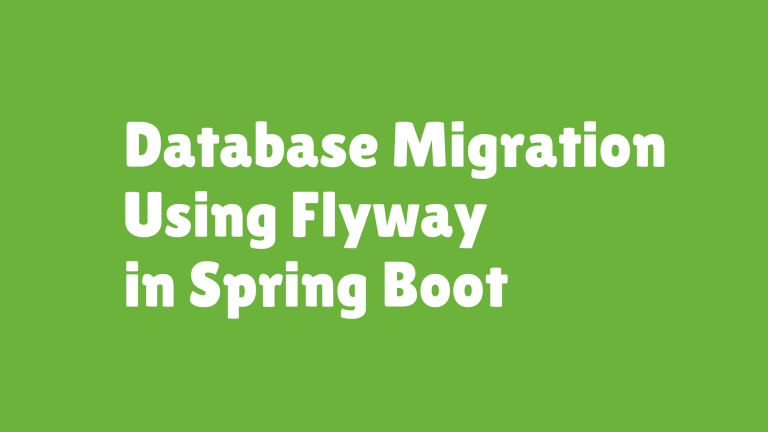Top 10 Java 8 Interview Questions with Answers (2025 Edition)
Java 8 completely redefined the way developers work with the language. With major enhancements like Functional Interfaces, Stream API, and Optional, it introduced a functional programming paradigm to Java, solving many of the legacy challenges developers faced. Preparing for a Java interview in 2025 means being able to confidently discuss these features in depth.
This curated list of Top 10 Java 8 Interview Questions with Answers is crafted to help you not only understand these concepts but also prepare for your next interview with practical examples and explanations.
Table of Contents
- What are Functional Interfaces?
- Difference Between Predicate, Function, and Consumer
- How Does Stream API Work?
- What is Optional and When to Use It?
- Difference Between map() and flatMap()
- What is Method Reference and Constructor Reference?
- How Do Default and Static Methods in Interfaces Work?
- What’s the Internal Working of Collectors.toList()?
- Lambda Expression vs. Anonymous Class
- Common Java 8 Coding Problem: Find Duplicate Elements in a List
1. What Are Functional Interfaces?
A Functional Interface in Java is an interface that contains exactly one abstract method. Such interfaces are the foundation of lambda expressions in Java 8, enabling functional-style programming.
Key Points:
- Functional interfaces are annotated with
@FunctionalInterface, though this is optional. - Examples from the
java.util.functionpackage includePredicate,Function, andConsumer.
Example:
@FunctionalInterface
public interface Calculator {
int calculate(int a, int b);
}
public class FunctionalInterfaceExample {
public static void main(String[] args) {
Calculator addition = (a, b) -> a + b;
System.out.println("Sum = " + addition.calculate(5, 10)); // Output: Sum = 15
}
}
Pro Tip: You might be asked about the significance of functional interfaces in enabling type inference by the compiler.
Learn more about functional interfaces here
2. Difference Between Predicate, Function, and Consumer
Java 8 enriched its API with utility Functional Interfaces, such as Predicate, Function, and Consumer, each with a unique purpose.
| Interface | Abstract Method | Purpose | Example Usage |
|---|---|---|---|
| Predicate | test(T t) | Evaluates a condition (returns true/false). | Filter a collection of data. |
| Function | apply(T t) | Transforms input to output. | Map one type to another. |
| Consumer | accept(T t) | Takes input and performs an operation on it. | Printing a message. |
Examples:
- Predicate:
Predicate<Integer> isEven = n -> n % 2 == 0; System.out.println(isEven.test(4)); // Output: true
- Function:
Function<String, Integer> stringLength = str -> str.length();
System.out.println(stringLength.apply("Java")); // Output: 4
- Consumer:
Consumer<String> printMessage = message -> System.out.println(message);
printMessage.accept("Hello, Java 8!");
Pro Tip: Always highlight which specific tasks require which interface, as it showcases deep understanding.
3. How Does Stream API Work?
The Stream API is one of the most powerful additions in Java 8, enabling declarative operations on collections and arrays.
Key Features:
- Lazy Evaluation – Operations like
filterormapare evaluated only when required. - Parallel Processing – Allows data processing in parallel mode using
.parallelStream(). - Intermediate vs. Terminal Operations – Methods like
filterandmapare intermediate, whileforEachandcollectare terminal that trigger execution.
Example:
List<String> names = Arrays.asList("Alice", "Bob", "Charlie");
names.stream()
.filter(name -> name.startsWith("A"))
.forEach(System.out::println); // Output: Alice
Pro Tip: Understand how transformations like map() and flatMap() differ (see FAQ below).
Explore more on the Stream API here
4. What is Optional and When to Use It?
The Optional class in Java 8 helps eliminate NullPointerException by explicitly modeling absent values.
Example:
Optional<String> name = Optional.of("Java 8");
name.ifPresent(System.out::println); // Output: Java 8
Optional<String> emptyName = Optional.empty();
System.out.println(emptyName.orElse("Default Name")); // Output: Default Name
Use Cases:
- Returning optional data from methods.
- Safeguarding against null values in streams.
5. Difference Between map() and flatMap()
| map() | flatMap() |
|---|---|
| Transforms values. | Transforms and flattens nested structures. |
Returns Stream<Stream<T>>. | Returns Stream<T>. |
Practical Use:
- Using map:
Stream.of("a", "b")
.map(String::toUpperCase)
.forEach(System.out::println); // Output: A B
- Using flatMap:
List<List<Integer>> nums = Arrays.asList(Arrays.asList(1, 2), Arrays.asList(3, 4)); nums.stream().flatMap(List::stream).forEach(System.out::println); // Output: 1 2 3 4
6. What is Method Reference and Constructor Reference?
Method references and constructor references are shorthand for lambda expressions.
- Method Reference:
Consumer<String> print = System.out::println;
print.accept("Hello!");
- Constructor Reference:
Supplier<List<String>> createList = ArrayList::new;
createList.get().add("Java 8 Rocks!");
Pro Tip: Mention that they simplify readability and boost code clarity.
7. How Do Default and Static Methods in Interfaces Work?
Java 8 introduced default and static methods in interfaces to enable backward compatibility without breaking existing code.
Example:
- Default Method:
interface Body {
default void printInfo() {
System.out.println("Default method in action!");
}
}
- Static Method:
interface MathOperations {
static int add(int a, int b) {
return a + b;
}
}
System.out.println(MathOperations.add(5, 10)); // Output: 15
8. What’s the Internal Working of Collectors.toList()?
Collectors.toList() works by gathering stream elements into a mutable List implementation like ArrayList.
9. Lambda Expression vs. Anonymous Class
Lambda Expression:
- Syntax is concise, applicable with functional interfaces.
Runnable task = () -> System.out.println("Run!");
new Thread(task).start();
Anonymous Class:
- Must explicitly implement methods.
Runnable task = new Runnable() {
@Override
public void run() {
System.out.println("Run!");
}
};
10. Common Java 8 Coding Problem (Find Duplicates in a List)
Example:
List<Integer> numbers = Arrays.asList(1, 2, 2, 3, 4, 5, 5); Set<Integer> duplicates = numbers.stream() .filter(n -> Collections.frequency(numbers, n) > 1) .collect(Collectors.toSet()); System.out.println(duplicates); // Output: [2, 5]
What is the main advantage of Java 8?
Java 8 enables functional programming, stream-based processing, and safe handling of null values.
DoesOptional add overhead to applications?
Its benefits in null safety outweigh the minimal performance cost.
How do I enable parallel processing with streams?
Use .parallelStream() for better performance in large-scale data operations.
Summary
Java 8 revolutionized how Java developers write code. By mastering its powerful features like the Stream API, Lambda expressions, and Optional, you’ll be well-prepared to handle both coding challenges and technical discussions in interviews. Leverage these examples and tips to make an impact in your next interview!



